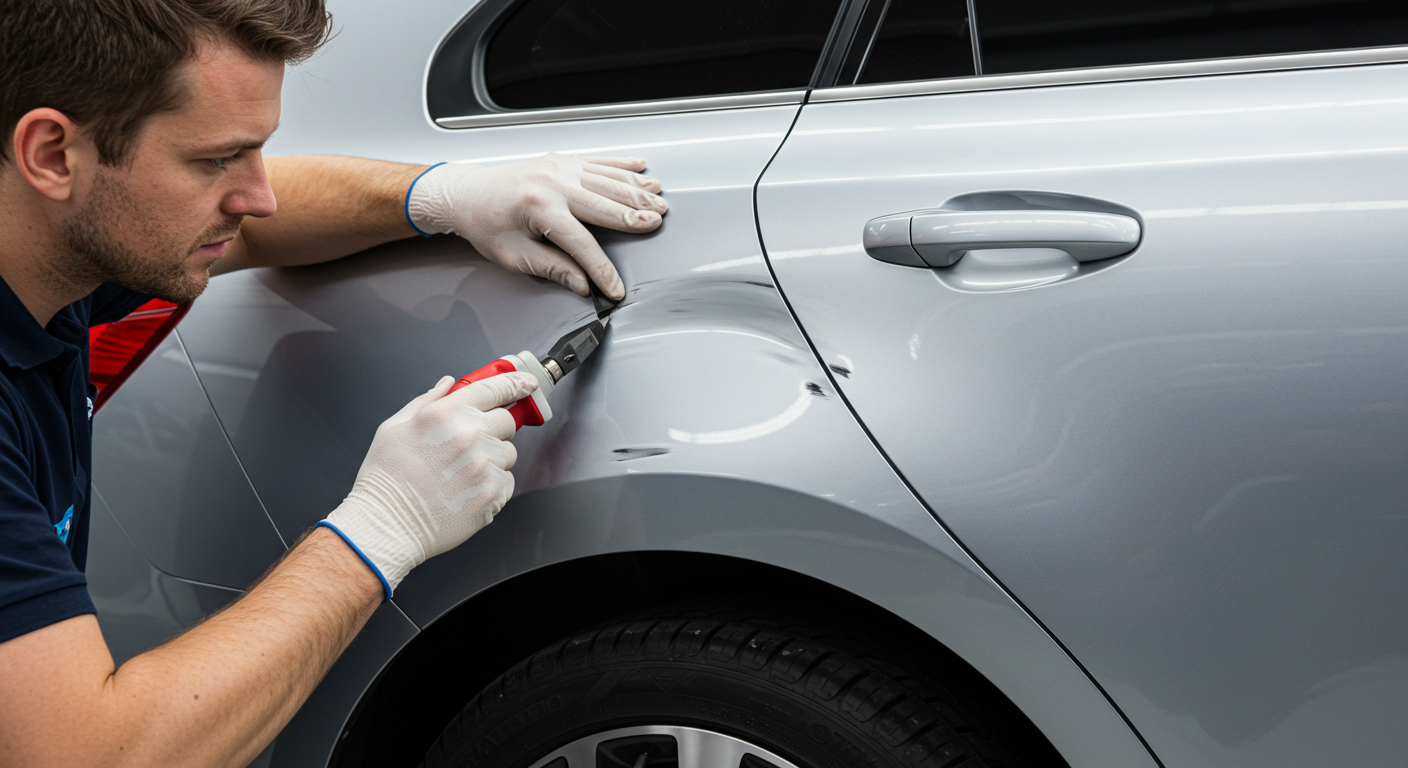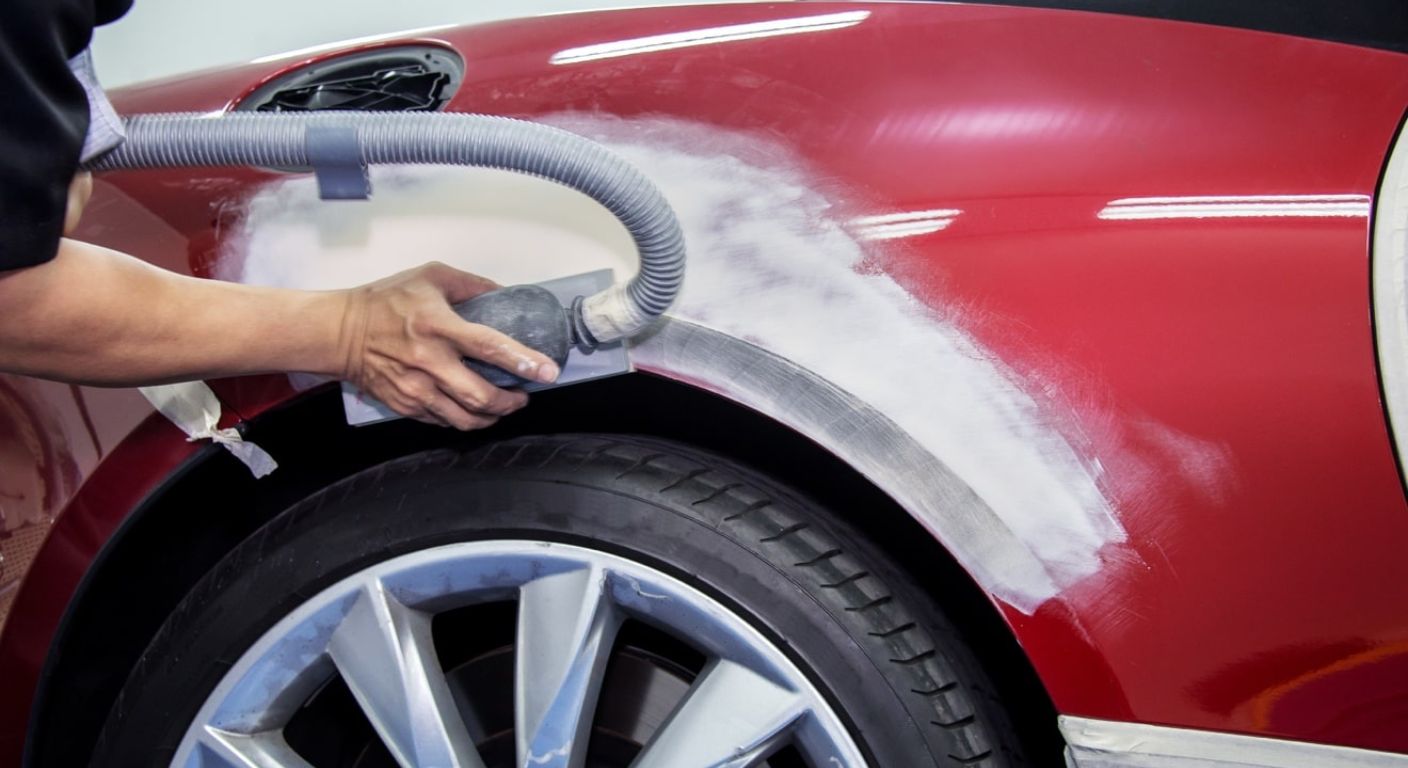
How to Maintain Your Vehicle After Cosmetic Car Repairs
- 1.How to Maintain Your Vehicle After Cosmetic Car Repairs
Cosmetic car repairs can breathe new life into your vehicle, restoring its appearance after scratches, dents, or paint damage. Whether you’ve just had a panel resprayed, a scratch removed, or a dent repaired, the key to maintaining that fresh look lies in how you care for your vehicle afterward. Many drivers think the work is over once the car leaves the shop, but the post-repair period is crucial. With the right care, you can protect your investment and prevent further damage from occurring.
Let the Paint Cure Fully
One of the most important things to understand after cosmetic repairs is that fresh paint doesn’t cure instantly. While the surface may feel dry, the paint underneath continues to harden for several days and sometimes weeks depending on the environment and materials used.
During this time, it’s best to avoid any activity that could interfere with the curing process. Refrain from washing your vehicle for the first five to seven days. Even handwashing can be too abrasive while the paint is still soft. Wait at least 30 days before applying any wax, polish, or protective sealants, as these can prevent the paint from curing properly. Try to keep the vehicle out of direct sunlight or rain whenever possible during this period. A covered garage or shaded parking spot will offer ideal conditions.
Choose Gentle Washing Methods
Once enough time has passed for the paint to set, gentle washing becomes an essential part of upkeep. Automated car washes might be convenient, but their brushes and high-pressure jets can be harmful to newly repaired surfaces. For at least the first month, stick to handwashing your car using a soft sponge or microfiber mitt and a pH-balanced car shampoo. Rinse thoroughly with clean water and dry with a microfiber towel to avoid leaving behind water spots or scratches.
Being gentle during cleaning not only protects the new paint but also helps you spot any early signs of wear or imperfections that may need to be addressed.
Monitor the Repairs Over Time
It’s worth keeping an eye on the areas that were repaired. Sometimes, imperfections may not show up immediately. Over time, you may notice subtle changes in color, texture, or gloss. This is especially important if your car was repainted, as inconsistencies in application or environmental conditions can lead to issues like bubbling, peeling, or mismatched shading.
If you see anything unusual, it’s a good idea to revisit the body shop that performed the work especially if the repair is still under warranty. A quality repair should blend seamlessly with the rest of the vehicle and last for years when cared for properly.
Add Protection After 30 Days
Once the paint has fully cured usually around the one-month mark, it’s safe to apply protective products like wax, sealants, or ceramic coatings. These not only enhance the gloss of your paint but also serve as a shield against UV rays, bird droppings, tree sap, and other contaminants that can stain or corrode the finish.
While a traditional wax is a good option for basic protection, modern ceramic coatings offer long-lasting durability and superior hydrophobic properties, making maintenance easier. If you want something even more robust, you can consider paint protection film (PPF), which provides physical protection against chips and scratches, particularly on high-impact areas like bumpers and hoods.
Avoid High-Risk Conditions
Your car will always be exposed to environmental elements, but you can reduce unnecessary risks with some simple habits. For example, parking away from trees minimizes the chances of sap and bird droppings damaging your fresh paint. Similarly, avoiding gravel roads or areas with excessive road salt helps reduce the risk of chips and corrosion.
Even something as simple as parking further from other vehicles in busy lots can protect your newly repaired panels from door dings and scratches. Being mindful of your environment goes a long way in preserving your car’s appearance.
Use High-Quality Car Care Products
The products you use on your car after cosmetic repairs matter more than ever. Not all cleaning or detailing products are suitable for newly painted surfaces. Stick to automotive-specific products that are designed to be gentle on clear coats and paint finishes. Harsh chemicals, abrasive sponges, or generic household cleaners can undo all the work that went into your repairs.
A good car shampoo, soft microfiber towels, and non-abrasive wax or sealant will help maintain the look of your vehicle while avoiding any unnecessary wear on the finish.
Consider Professional Protection
If you’re serious about maintaining your vehicle’s appearance long-term, you might want to consider professional services like detailing, ceramic coating, or paint protection film. These options provide an extra layer of defense that can significantly extend the life of your car’s paint job. While they come at a higher initial cost, they reduce the need for frequent reapplications and protect against both cosmetic damage and environmental wear.
A professional detailer can also offer paint correction or polishing services if the repair area develops minor imperfections or swirl marks over time.
Document the Repairs
It’s a good idea to keep a record of any cosmetic work done on your car, especially if you plan to sell it later. Receipts, warranty information, and a brief description of the repair can provide transparency to potential buyers and increase confidence in the condition of the vehicle. Many buyers are cautious of vehicles with prior bodywork, so showing that repairs were done professionally and maintained correctly helps protect your car’s resale value.
Adjust Your Habits to Prevent Future Damage
While you can’t control everything that happens to your car, small changes in driving and parking habits can make a big difference. Being extra cautious when parallel parking or navigating tight spaces can prevent curb rash or dents. Using your vehicle’s backup camera and parking sensors helps you avoid low-speed collisions or scrapes that could undo recent repairs.
Think of your vehicle as an investment not just financially, but also in terms of pride and presentation. A little awareness goes a long way.
Schedule Routine Detailing
Even after the initial post-repair period, regular detailing helps keep your vehicle in top shape. A professional detail every few months can refresh your paint, clean hard-to-reach areas, and apply protective layers that extend the life of both old and new surfaces. Detailing also gives a technician the chance to spot minor issues like developing rust or fading before they become more serious.
Conclusion
Cosmetic repairs can dramatically improve the appearance of your vehicle, but their lasting impact depends on how you maintain them. From letting fresh paint cure properly and choosing gentle washing methods to applying long-term protection and adjusting daily habits, every step plays a role in preserving your vehicle’s finish.
Post-repair care isn’t complicated, it just takes attention and consistency. With a few thoughtful routines, you can keep your car looking freshly repaired and showroom-worthy for years to come.




